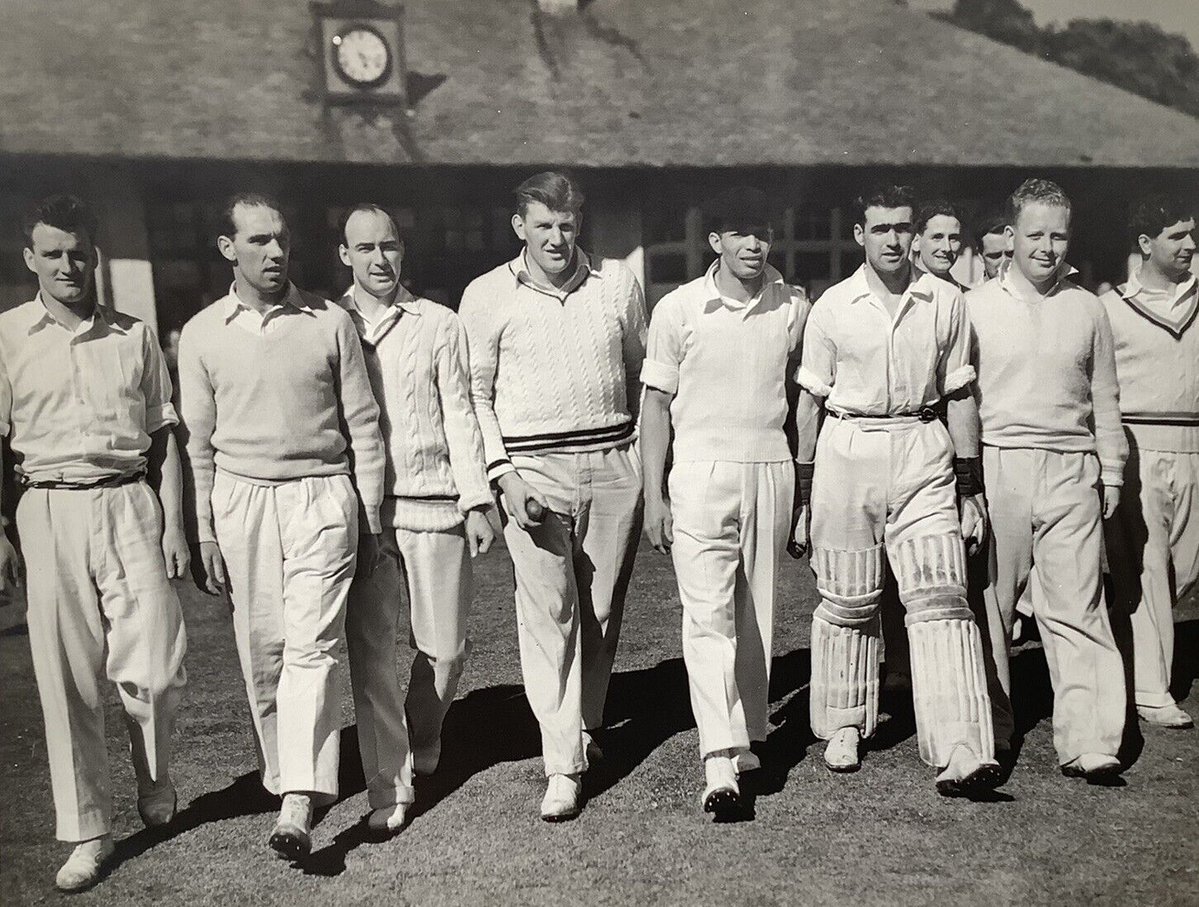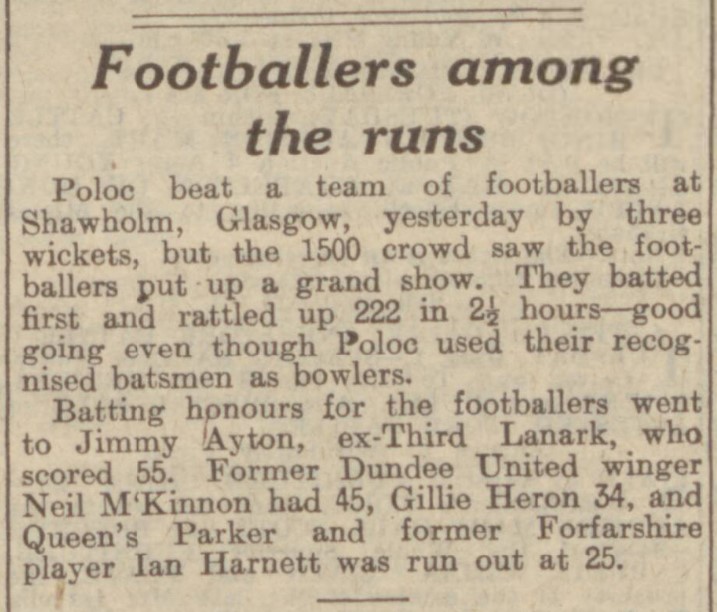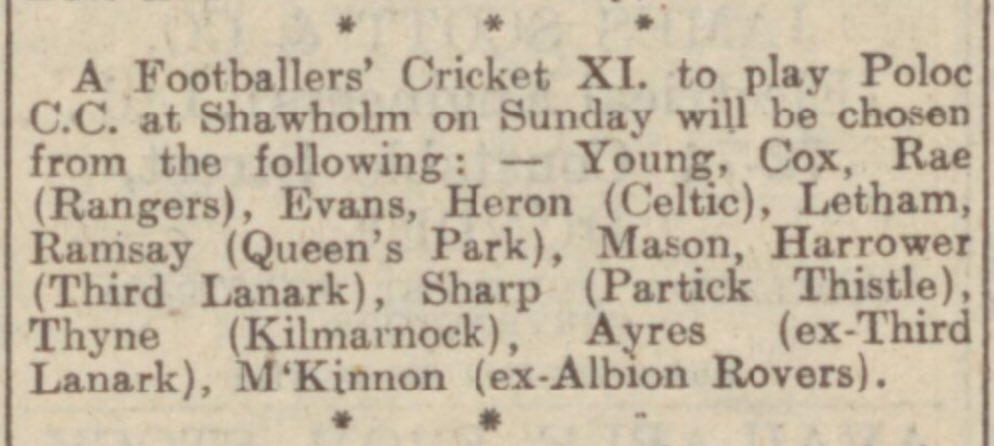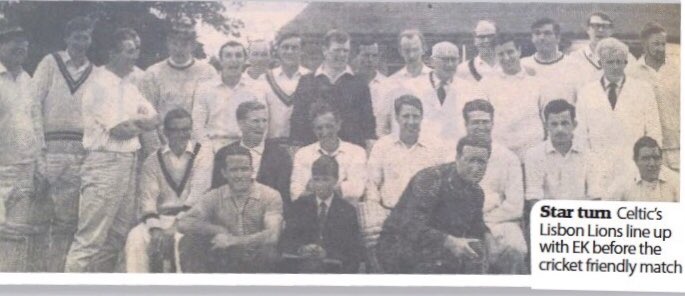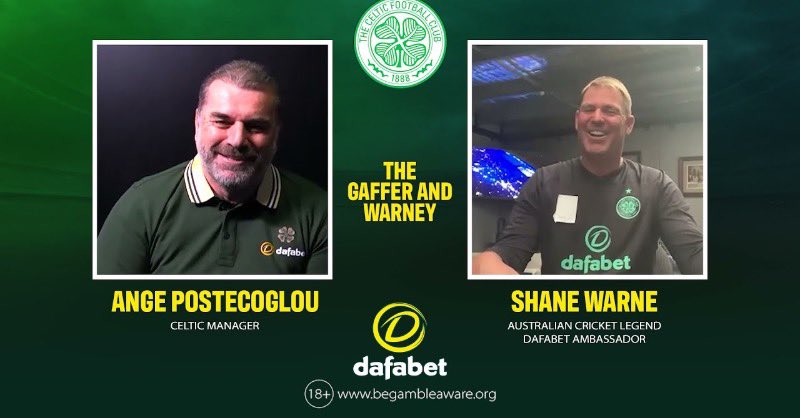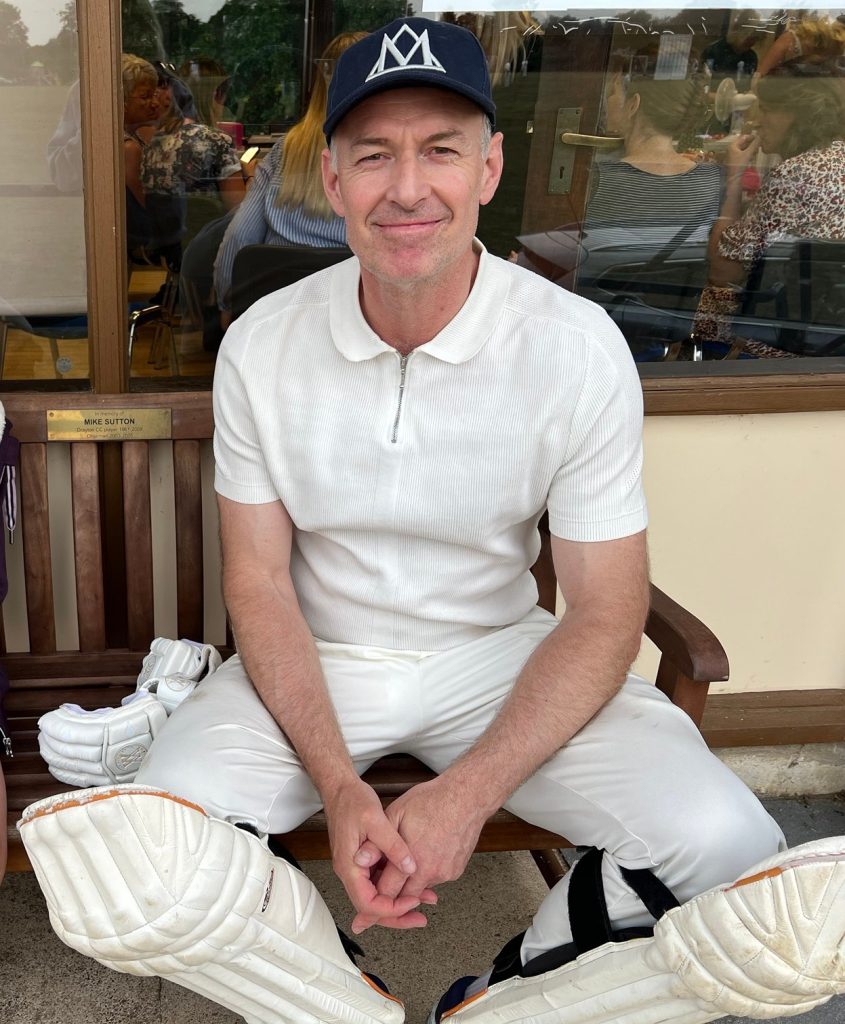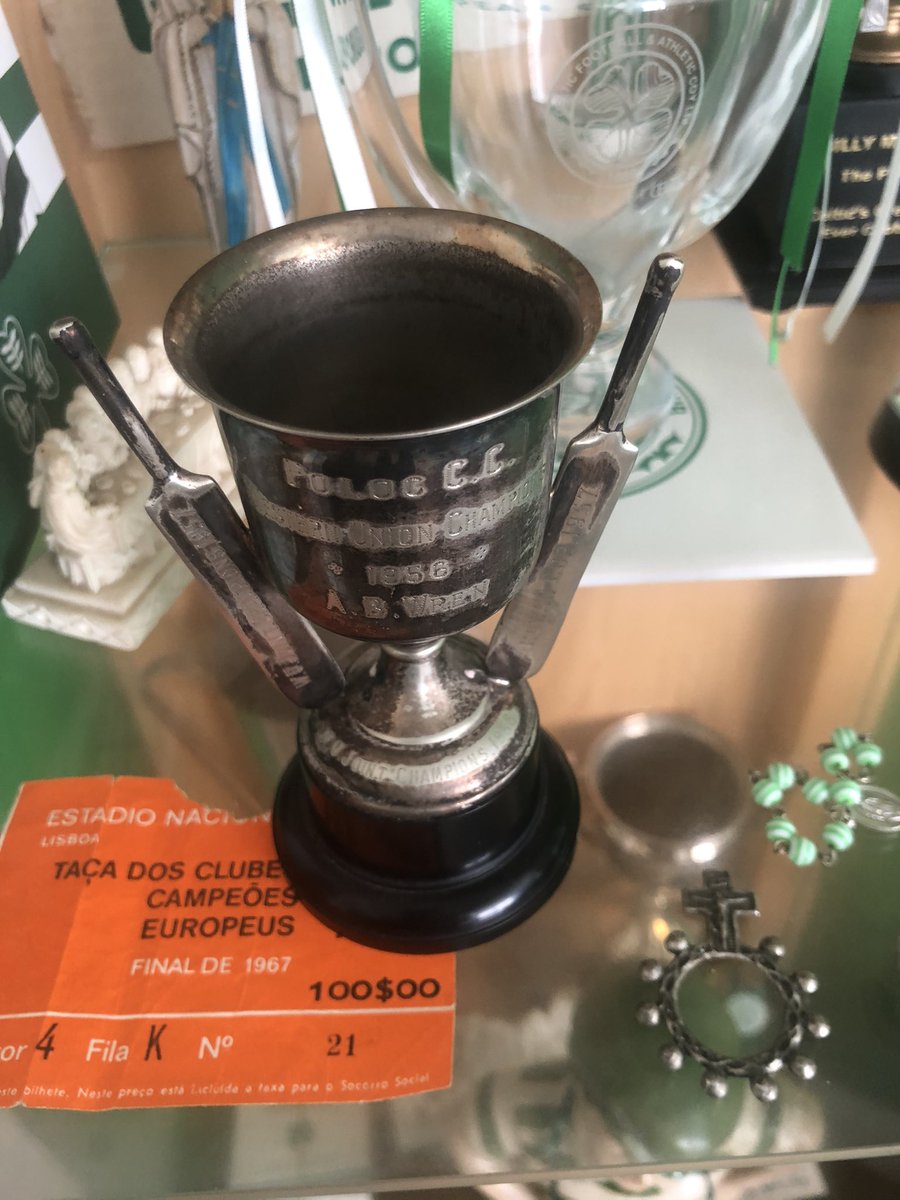Details
Sport: Cricket
Ref: Celtic FC related links with cricket
Notes
- Back in the early days of the club, local cricket match results were most often as prominent as the football results & reports in various newspapers. Cricket was actually a far more popularly played sport in Scotland than in the present day.
- Celtic have even had their own (unofficial) cricket teams (see articles below based around First World War era by Richard Purden, and short article by Alec McNair).
- Celtic Chairman John H McLaughlin was a big cricket fan, with cricket referred to as the summer sport, as opposed to the winter sport of football (reflecting school terms). He had tried to start up a Celtic cricket team in the 1890s to play in the summer, but it didn’t work out, although there were a few unofficial games.
- In the 1900s, Jim Welford, even after he left the club, used to return to see Celtic matches but also to help out an (unofficial) Celtic cricket side which included Celtic players such as Alec McNair and Bobby Templeton. Their ‘great rival’ was apparently a Partick Thistle side, games played at Hamilton Crescent.
- The first international cricket match between Scotland & Ireland was played in 1888, coincidentally the same year as Celtic’s inaugural football match. The match was played in Dublin, and Ireland won.
- In August 1902, Celtic drew 2-2 with St Mirren, in a match in which the attendance was suggested to have been possibly affected by a cricket match being played in Uddingston where the great English national cricket team player Gilbert Jessop scored a century for Gloucestershire.
- In 1952, fellow Celts Bobby Evans & Gil Heron played in a Cricket match for a ‘Footballers Select XI’ alongside other Scottish footballers against a Polloc CC XI.
- In the 1960s, a Celtic FC team played East Kilbride CC in a ‘friendly‘ cricket match.
- On 13th March 1977, the English international cricketer, Chris Balderstone, played for Queen of the South in a 5-1 Scottish Cup victory for Celtic.
- Dan Doyle: Tragedy struck on 12th January 1889, in a match for Staveley v Grimsby Town a collision between Grimsby Town’s Dan Doyle with Staveley forward and Derbyshire cricketer William Cropper, saw the latter carried off the pitch following this accident. Sadly William Cropper died the next day, RIP. There was no intention of hurt, and the collision was fair according to the rules of the game (as agreed by the coroner’s jury). The death was due to the injury but also the poor state of medical attention at the time. Disturbingly, William Cropper hadn’t actually wanted to play in that game, it was all cruel fate. We can only guess now what impact it would have made on Dan Doyle. It hastened Dan Doyle’s return to Celtic.
- In December 2021, England played Australia in the Ashes down under and got hammerred. One of the Aussie players was Nathan Lyon whose number on the back of his shirt was 67, so it read “Lyon 67”. Whether this was Celtic related, simply unintentional or a coincidence has not yet been confirmed to time of writing! (see pic below)
- In 2021, cricket legend Shane Warne wearing a Celtic top interviewed Celtic’s Australian manager Ange Postecoglou; former Celt Scott McDonald spoke of Shane’s passion for Celtic coming from his friendship with the son of Dermot Desmond.
Celtic Players who were also known to have played Cricket
| Player | Note |
| David McClean | Played cricket for Strathmore C.C. and famously played in a match in June 1930 at The Hill in Kirriemuir when J.M. Barrie (author of ‘Peter Pan‘) opened the pavilion, and two members of the touring Australian cricket side, one of them the great Australian cricketer Charlie Macartney, played before a packed crowd. |
| Hugh Shaw |
Uddingston Cricketer
|
| Robert Fisher | Bobby Fisher also played cricket as a right-handed batsman for County Durham, and played against the touring New Zealanders in 1949. |
| Giles Heron | Whilst in Glasgow, he joined Polloc Cricket Club and played for them too, his record was:14 innings in 15 matches for the Polloc first XI in season 1952. He scored 336 runs, at an average of 28.00, with a highest score of 51* – also his only half-century for the year. The summer of 1953 saw him head to Paisley with his cricket bat to play for Ferguslie. |
| Chris Sutton | After retiring from football, Sutton remained in sport, playing cricket for Norwich Cricket Club in the EAPL. |
| Jim Welford | Welford, who had played first class cricket for Durham and Warwickshire (possibly only Celtic man to have done so), passed away in 1945. Sadly in the Wisden book (an annual cricketing almanac) they didn’t reference Celtic in their obituary of him but did mention his spell at Aston Villa. Something that should be rectified.Even after he left Celtic, he returned to help out Celtic’s unofficial cricket side, which included Celtic players such as Alec McNair and Bobby Templeton. Alec McNair called him the team’s “guide, philosopher and friend“. |
| David Storrier | A keen all-round sportsman, David Storrier also played cricket for Arbroath United and Forfarshire. |
| Shaun Maloney | Represented Scotland in an Under-13s match. |
| Bobby Evans | Played in ‘Footballers Select XI’ alongside fellow Celtic Gil Heron & other Scottish footballers against a Polloc CC XI. |
Article by Alec McNair

Scottish Referee
16 June 1902

An article on cricket in the East End of Glasgow – David Gordon 1st April 2019
Link: http://wdcu.co.uk/an-article-on-cricket-in-the-east-end-of-glasgow-david-gordon/
1st April 2019
EastEnders – cricket in Dennistoun
by David Gordon
There has been much discussion in recent years regarding the demise of grassroots cricket clubs in the west of Scotland, with more than 25 disappearing over the past 30 years.
The precursor of this sad decline, however, was the loss of the Golfhill Cricket Club, based in the Dennistoun area of Glasgow’s East End. This was no ‘small club’, however. This was an organisation that had employed a professional and groundsman into the 1950s, had a ground in Meadowpark that possessed a wicket widely regarded as one of the best batting tracks in Scotland, and in the 1930s and 1940s could attract crowds in excess of 5,000 to matches. At one time it was the strongest side in the west of Scotland outwith the ten Western Union clubs.
Yet it quietly ceased to exist and its passing went relatively unnoticed as the swinging sixties ended. Golfhill’s demise, although, in hindsight, a lesson from history, had been long forgotten when a similar fate befell established clubs like Kirkcaldy and Dunbartonshire more than a quarter-century later, followed by the downfall and disappearance of Perthshire, the one-time colossus of the Scottish game.
My own interest in Golfhill was sparked by my researches into Scottish cricket internationalists who had also been professional footballers, with one such player – Horace Wass – having been Golfhill’s professional in the 1930s and the only player from the Golfhill club capped for Scotland. This led me to the late Tom Frood, a team-mate of Wass’s in the pre-war Golfhill side.
Frood had followed the usual path of the time into the Golfhill 1st XI, learning the rudiments of the game at the nearby Whitehill Secondary School before moving seamlessly to the Golfhill 2nd XI.
Sadly, Tom Frood did not possess a photograph of cricket being played on Meadowpark, and searches at various Glasgow libraries and on the internet had proven fruitless…until now. Bizarrely, a deltiologist in Sweden, dealing in old postcards, in January 2019 placed for sale on the Swedish website tradera, a postcard from 1912 depicting a cricket match in progress at Meadowpark, overlooked by the red sandstone tenements of Onslow Drive.
Interestingly, the picture confirms that the wicket at Meadowpark was pitched on an east-west axis, between Cumbernauld Road and Meadowpark Street. The ground sloped down from north (Onslow Drive) to south (the Dennistoun Juveniles football ground), meaning the wicket was on a gradient comparable with the Lord’s slope. The wooden pavilion was at the north-west of the ground, on the corner of Meadowpark Street and Onslow Drive.
Formed in 1896, Golfhill took its name from the house owned by the Dennistoun family, who had given their name to the district which they had developed earlier in the 19th century. The Dennistouns provided the land (a disused coup), which was turned into Golfhill’s fine cricket ground – Meadowpark.
The new Golfhill club quickly usurped the existing Dennistoun Cricket Club; Golfhill had been ambitious right from the outset, as noted in the following two pieces in The Scottish Referee; firstly from Friday 3 April 1896:
“A new club – Golfhill CC – has been started in Dennistoun, and is meeting with every support… They have a fine large open field, and have laid a wicket, some 40 yards long, with turf. A fine pavilion with all accommodation and all conveniences is in the course of erection and altogether it looks as if this club has come to stay. Already they have a large membership…”
A year later, on Friday 2 April 1897:
“Last year was their first season, and they finished it with a balance in hand, and when it is considered that they built a pavilion at a cost of about £160, laid down a turfed pitch of about 800 square yards, besides providing all the best playing material, they think it a very good record for a new club.”
The strength of the Golfhill is exemplified in the Glasgow Herald of 2 May 1928:
“One of the most enterprising clubs in the Glasgow district is Golfhill, and nowhere is there a more enthusiastic and larger band of supporters than at Dennistoun. Further evidence of progress at Meadowpark is to be found in the fact that the pavilion has been reconstructed and improved in every way. The outfield has received special attention, and the wicket is in very fine condition.”
Founder members of the Glasgow and District League – and champions in 1956 – Golfhill, sadly, went into rapid decline in the late 1960s, dropping to Division Two of the Glasgow and District League. Repeated acts of mindless vandalism to their ground and its gas-lit, wooden pavilion caused the club to fold at the end of the 1969 season. The last competitive match at the Meadowpark ground was on Saturday 6 September 1969, Golfhill defeating Renfrew by five wickets. The Meadowpark ground and its once highly-regarded wicket, formerly graced by cricketing legends like Jack Hobbs and Learie Constantine, was only leased to the Golfhill club by Glasgow’s Education Department. With cricket’s demise in Dennistoun, Glasgow Corporation announced in January 1972 that the former cricket ground would be the site of the new Whitehill Secondary School and swimming pool, with construction commencing on the once-hallowed Meadowpark turf in 1973.
Ironically, given the production line of cricketing talent that fed into Golfhill CC from Whitehill Secondary, the replacement Whitehill school now sits on what was once the cricket square. While you would never know that cricket had once been played there, the football ground at the southern end of Meadowpark still remains, nicely levelled and with a new astroturf surface. surface.
The Irishman who gave Celtic FC a cricket team and Union Jack flag
BY: Richard Purden
February 05, 2014
https://www.irishpost.com/sport/the-irishman-who-gave-celtic-fc-a-cricket-team-and-union-jack-flag-20703
THE remembrance day poppy has recently been a contentious issue for a number of Celtic fans.
The “No Bloodstained Poppy On Our Hoops” protest organised by the Green Brigade proved to be a divisive one among Celtic supporters back in November 2010.
The marking of the 100-year anniversary of the Great War have already sparked varied debate among politicians and the media in Scotland; the release of a new book The Celtic, Glasgow Irish and The Great War: Gathering Storms by Ian McCallum, a former soldier (among many other occupations), is likely to stimulate even more deliberation.
It’s the first release in a new six-part series which examines the social history, political atmosphere and wartime experiences of Glasgow’s Irish Catholic community. McCallum offers a balanced study of the community’s support for the British war effort as well as its relationship with Irish Home Rule.
Gathering Storms offers a fascinating account of the men who built Celtic, giving us a sense of the events and dynamics that created the club. The most striking figure remains the original Mr Celtic: William Patrick Maley.
Signing for the team as a player in 1888 and becoming the club’s first manager in 1897, the Newry-born man fashioned Celtic to become the most successful, robust and wealthiest club in Britain.
In 1897 rivalry with Rangers wasn’t on his radar; aside from being a club of sporting excellence the manger/club secretary dedicated his life towards creating an eminence that would make Celtic a known and respected club throughout Europe.
From the team’s philosophy of attack to how they were perceived outside the community, Maley stage-managed every aspect of the club, dedicating his life to the institution over a period of 43 years and guiding them to 30 major trophies.
Ian McCallum deconstructs Maley’s life focusing on the significant relationship with his father, the British army sergeant Thomas Maley, which provides a vital clue into why Celtic were different from other Irish clubs such as Edinburgh’s Hibernian.
celtic fc-n Celtic fans show their support for the club
He persuaded Willie’s brother Tom to quit playing for Hibs as he felt the club were not inclusive and stunted the integration of Irish Catholics into Scotland.
It was also Tom who Brother Walfrid had selected to manage Celtic, but on a casual visit to the family’s Cathcart home, Willie accepted the invitation. But only after Maley senior gave the Marist’s vision his seal of approval.
McCallum rightly suggests the fate of Celtic would have been very different without Maley; he summons the range of influences that shaped him, in turn fashioning Celtic: “In the military’s male-orientated world, the ethics of duty, self-discipline, hard work, respectability and self-improvement were instilled into the Maley boys and would remain with them throughout their lives.
Despite the family’s obvious Irishness and their undoubted prolonged and active support for constitutional Irish Nationalism — all four brothers were known to have spoken on Nationalist platforms — the sons of old Sergeant Maley most certainly felt they owed a large degree of loyalty to the land that had adopted them.”
Willie Maley certainly grafted his personality and character onto Celtic. Another story tells of the Irish manager overseeing the design of Celtic’s 1893/94 Scottish League Championship flag, when the silk emerald material was embossed with a Union Jack in the top left quarter.
Undoubtedly such a sight on any piece of Celtic memorabilia would be frowned upon today but the story offers us a significant degree of perspective.
gathering storms-n Ian McCallum’s new book
McCallum’s evidence goes further revealing that designs with Scottish and British symbols associated with the club were more apparent than perhaps thought.
Links between the Celtic board or staff and the British military were also part of the club’s fabric. Soldiers were as visible as priests among the ranks of the support as both were allowed free entry into Celtic Park, and many former players had been soldiers themselves — British Army bands even provided the pre-match entertainment.
Celtic organised matches against military teams and even secured the services of a few players when doing so. Celtic even had their own cricket team.
Joining the army for many working class Glaswegians of Irish or Highland stock was something of an economic necessity, it also offered an opportunity and a sense of adventure.
While many of the Glasgow Irish would have been supporters for Irish Nationalism the need for economic stability and an escape from the slums outweighed political affiliations.
During that process many retained something of their identity by supporting Celtic — the club like them was made up of both Irish and Scottish influence.
But joining a British regiment was equally an equally absorbing shift with new loyalties, comrades, traditions and badges of identity. As McCallum points out the Highland Light Infantry was considered Glasgow’s own regiment.
The Gathering Storms is a demystifying and captivating read that will challenge many supporters on what they perceive the club to be.
While it’s widely accepted that Celtic are both Irish and Scottish they were shaped by a very British Celt in Willie Maley — a devout Catholic and ardent royalist, an Irish nationalist, imperialist, socialist and supporter of the British army and establishment.
Undoubtedly it’s these varied loyalties that make Maley such an intriguing figure. He remains a vital cornerstone of the club today and he anchored Celtic during a period of economic instability, world war and social turmoil.
In modern times Celtic have underlined the importance of Maley’s ethos.
A few seasons ago they stitched the inside collar of the club jersey with one of his most famous quotes, it said: “It’s not the creed nor his nationality that counts. It’s the man himself.”
For more information on The Celtic, Glasgow Irish The Great War: The Gathering Storms visit www.theglasgowirish.com
From Dec 2021:
Australia v England in the Ashes, Nathan Lyon
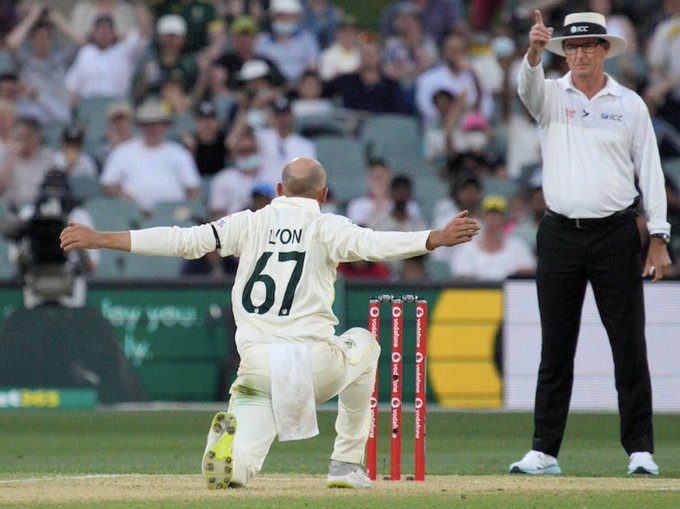
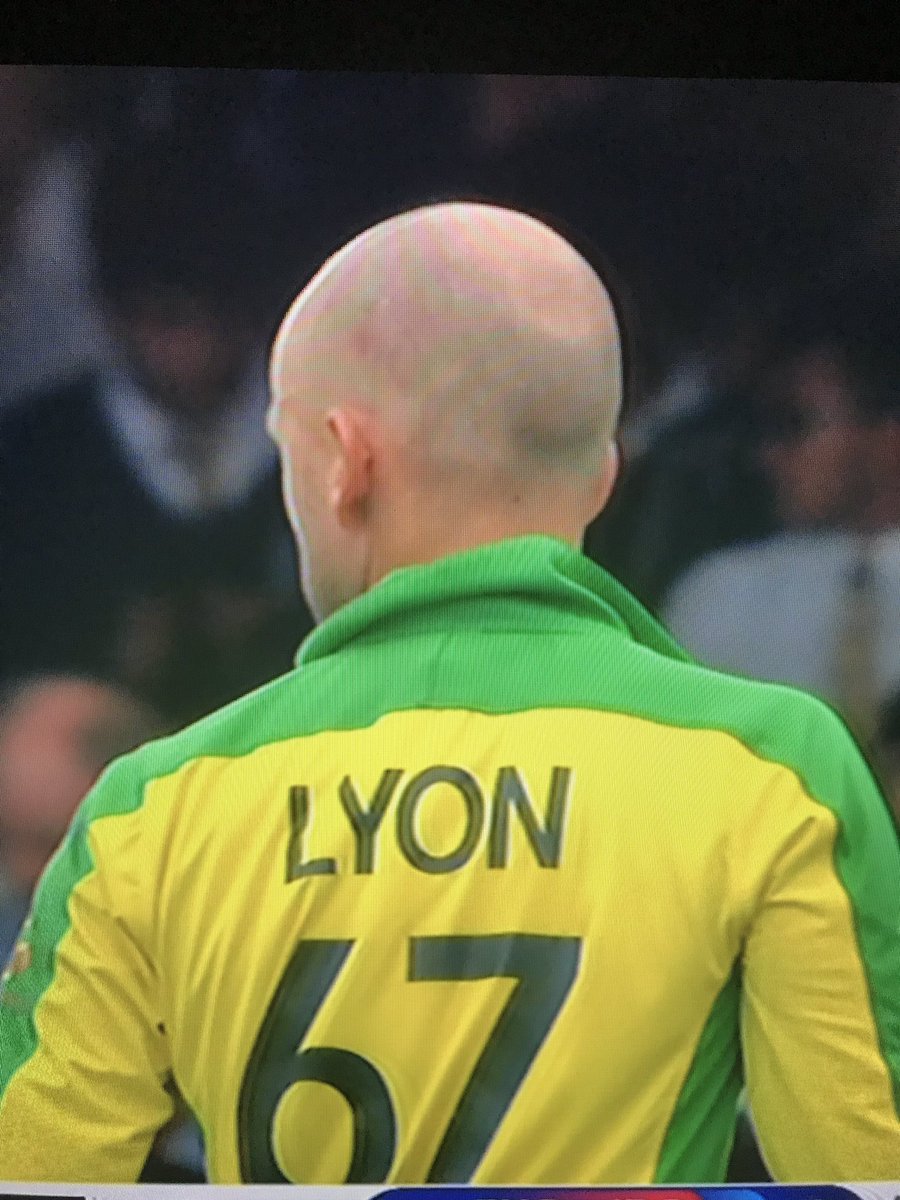
There were huge numbers of cricket clubs in and around Glasgow in Victorian times, until their grounds were swallowed up for development. This press cutting from August 1898 tells of Celtic footballers who were also cricketers.
Thx to ‘@FrankMcCrossan5’ for the below from twitter:
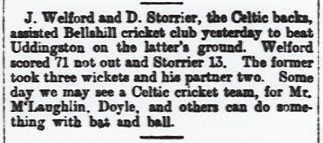
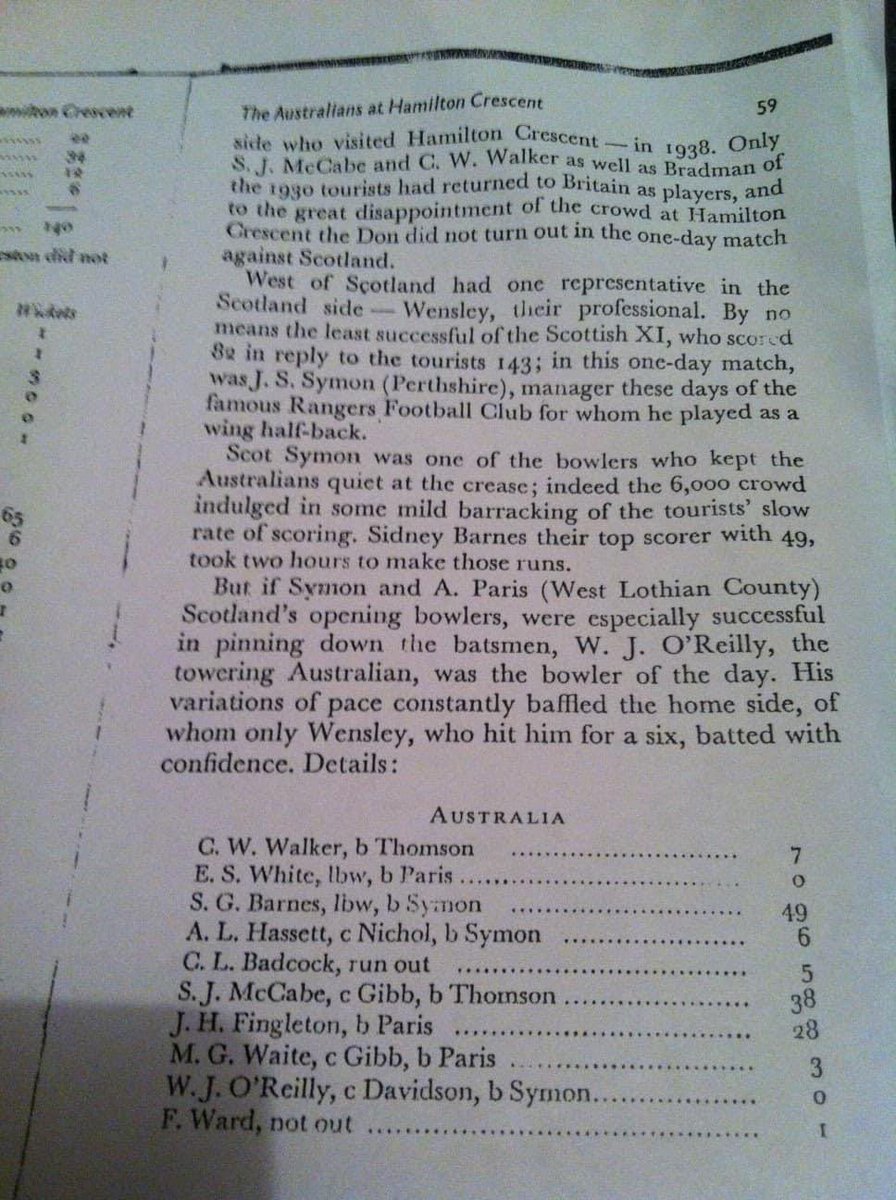
1952
Rare pic of a Scottish football league select team to play cricket at Poloc cricket club in Glasgow in 1952. Celtic’s Gil Heron and Rangers George Young are seen together
